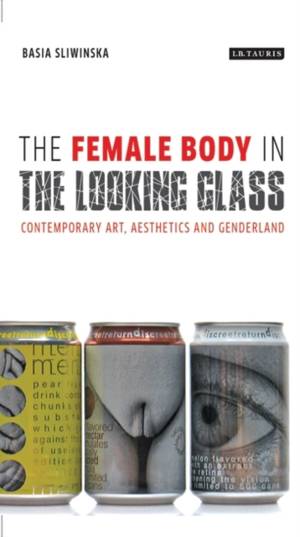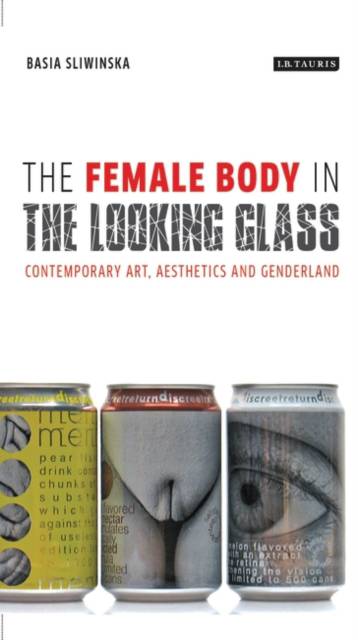
Door een staking bij bpost kan je online bestelling op dit moment iets langer onderweg zijn dan voorzien. Dringend iets nodig? Onze winkels ontvangen jou met open armen!
- Afhalen na 1 uur in een winkel met voorraad
- Gratis thuislevering in België vanaf € 30
- Ruim aanbod met 7 miljoen producten
Door een staking bij bpost kan je online bestelling op dit moment iets langer onderweg zijn dan voorzien. Dringend iets nodig? Onze winkels ontvangen jou met open armen!
- Afhalen na 1 uur in een winkel met voorraad
- Gratis thuislevering in België vanaf € 30
- Ruim aanbod met 7 miljoen producten
Zoeken
€ 62,95
+ 125 punten
Uitvoering
Omschrijving
In his writing on the 'mirror stage', the psychoanalytic theorist Jacques Lacan describes the female body as lacking: a mere symptom of man, an object constructed by male desire. However, what happens if the woman in art follows Jean Baudrillard's advice to 'swallow the mirror', and is made real? What if the beautiful is inverted and becomes ugly; and the ugly becomes beautiful? These are the fundamental questions Basia Sliwinska poses in this important new enquiry into gender identity and the politics of vision in contemporary women's art. Through an innovative discussion of the metaphor of the mirror, or looking-glass, Sliwinska reveals how the post-1989 practices of woman artists from both sides of the former Iron Curtain - such as Marina Abramovic, Joanna Rajkowska, Lora Hristova, Jess Dobkin, Natalia LL, Sedzia Glowny and SZ-ZS - go beyond gender binaries and instead embrace otherness and difference. She makes a refreshing, radical intervention into art theory and cultural studies by offering concepts such as 'the mirror' and 'genderland' (inspired by Alice's 'Wonderland') as critical tools with which we can analyse and explain recent developments in women's art.
Specificaties
Betrokkenen
- Auteur(s):
- Uitgeverij:
Inhoud
- Aantal bladzijden:
- 240
- Taal:
- Engels
- Reeks:
Eigenschappen
- Productcode (EAN):
- 9781788311014
- Verschijningsdatum:
- 18/02/2018
- Uitvoering:
- Paperback
- Formaat:
- Trade paperback (VS)
- Afmetingen:
- 137 mm x 213 mm
- Gewicht:
- 376 g

Alleen bij Standaard Boekhandel
+ 125 punten op je klantenkaart van Standaard Boekhandel
Beoordelingen
We publiceren alleen reviews die voldoen aan de voorwaarden voor reviews. Bekijk onze voorwaarden voor reviews.











